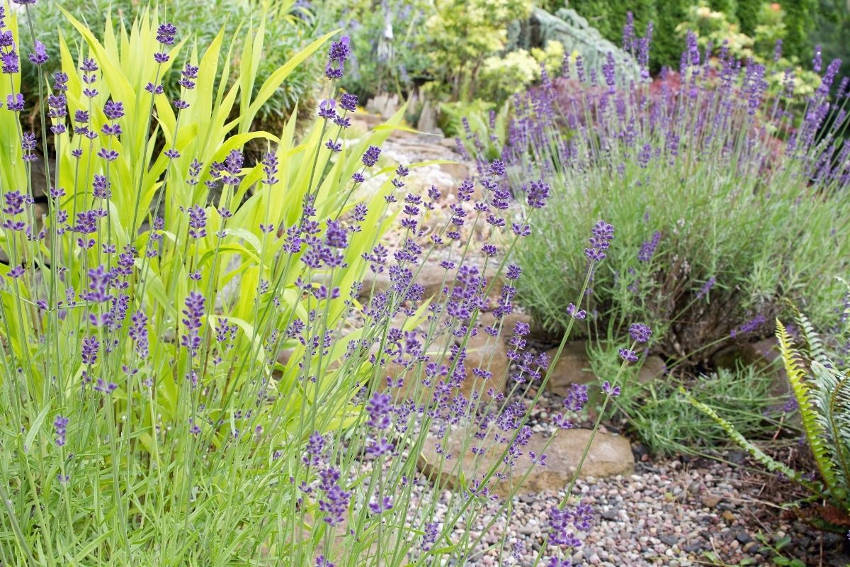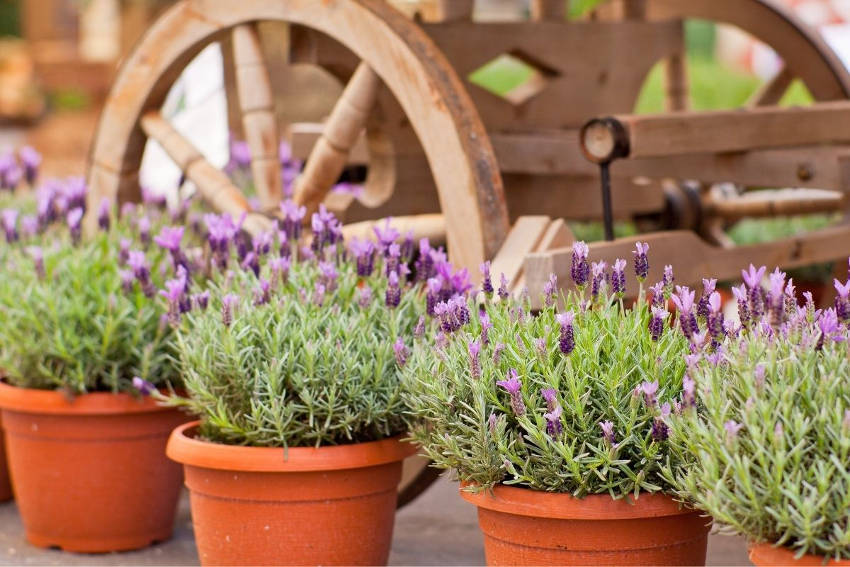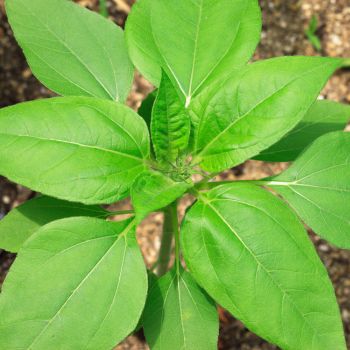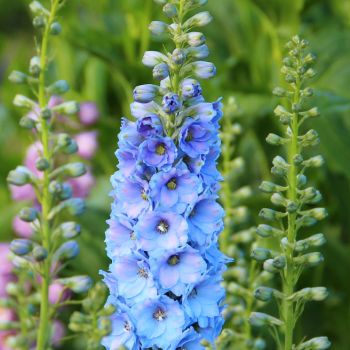Few plants capture the summer like lavender in full bloom, with its vibrant blue-purple flowers and heady fragrance. And while a field full of lavender is a stunning sight, it can be just as impressive on a smaller scale in your own garden.
Lavender is straightforward to grow, mainly thriving in the warm, dry and sunny environment of its Mediterranean origins. Even without these conditions, there are varieties of lavender suitable for most climatic regions.
There are many different varieties of lavender available, but most belong to one of three main groups:
1. English (L. angustifolia)
English lavender is grown for its high oil content, and its strong stems produce narrow grey-green leaves and masses of small flowers in late spring to mid-summer. True English lavender reaches up to 120cm in height, but dwarf varieties of 30-40cm are also available. Popular English varieties include 'Hidcote', 'Munstead' and 'Aromatico'.
2. French (L. dentata)
French lavender produces aromatic, grey-green, tooth-like leaves from which its Latin name (dentata) is derived. The flowers are the traditional vibrant blue-purple, long lasting and produced over most of the growing season on stems up to 90cm in height. This variety is often used for hedging.
3. Italian/Spanish (L. stoechas)
Italian or Spanish lavender grows to 50-70cm and produces distinctive 'butterfly wing' bracts above its flower spikes. If you're looking for spectacular flowers, this is the type to choose, with blooms ranging from white through blue to purple and pink. In warmer climates, flowering can last from mid-spring to late summer. These varieties are less cold-tolerant than English ones, preferring to grow in a mainly frost-free climate. They’re perfect to grow in containers, mixed borders or mass planted. Popular varieties include the 'Forte' series.
Using Lavender in the Garden
Lavender can be grown in garden beds where it's particularly effective in mass drifts, bringing a small part of a lavender field to your home. Grow multiple plants of a single variety for an intense blast of colour, or mix and match a few different kinds for added interest and texture.
Lavender can also be used to add a formal design element in your garden. Choose a lower-growing variety and you can use it to edge paths and garden beds, defining the edges and adding neat, straight lines for a formal effect. Planting lavender on the edges of beds has the added advantage of its aroma being released as you brush past.
Smaller varieties can also be grown individually in terracotta or painted pots, lending a traditional Mediterranean feel to a patio. And lastly, lavender is excellent for attracting bees, so consider growing a plant or two near fruit trees, your vegetable patch, or anywhere else where a little help with pollination will be welcome.
Using Lavender in the Home
While lavender is lovely in the garden, its flowers can also be put to use around the home. They can bring their fragrant flavour to the kitchen, adding zest to biscuits, desserts, ice creams and drinks. In most cases, for culinary use lavender is made into an infusion rather than added whole.
The floral taste of lavender divides opinion, however, and lavender is perhaps more widely used for its scent alone. The dried flowers are a mainstay of homemade potpourri, and can also be kept in muslin bags to freshen up clothes drawers. The soothing scent is useful as a bedside companion, with many people finding it aids sleep, while lavender infusions and oils can also be included in all kinds of homemade toiletries and cosmetics.
For more ideas for using lavender in the home, read our article here.
Growing Lavender
Lavender grows naturally in areas with low humidity, plenty of sun, and a dry, well-draining soil. Don't be tempted to try growing lavender in a shady garden, and always choose the sunniest spot you have.
If you’re unsure if your soil is well-drained, plant lavender in raised mounds of soil or build dedicated raised beds to improve drainage. This will also serve to reduce humidity around the plants' bases. Also, water the soil rather than the plant, avoiding splashing to reduce humidity even further.
Lavender can be grown from seed, however cold stratification may be required and germination times are lengthy. It can also be propagated by taking stem cuttings, but most people prefer the quicker, easier option of buying seedlings. Simply transplant it into your garden in spring, or in autumn in frost-free areas.
Keeping Your Lavender Healthy
Pruning is important to prevent lavender from growing straggly and bare. Wait until flowering is over in late summer or early autumn, then remove about a third of the fresh growth on each stem. Avoid cutting into woody stems as these won't regrow. Also, remove fading flowers throughout the season, which will help stop the stems from turning woody and make later pruning easier.
Lavender is an easy plant to grow, and it’s versatility in the garden, kitchen and home makes it worth adding to your patch. Whether you grow a single plant or many varieties, lavender’s scent and colour can be enjoyed throughout summer.

%20and%20English%20(right)%20lavender%20used%20in%20a%20formal%20garden_850.jpg)

%20and%20English%20(right)%20lavender%20in%20pots_850.jpg)





